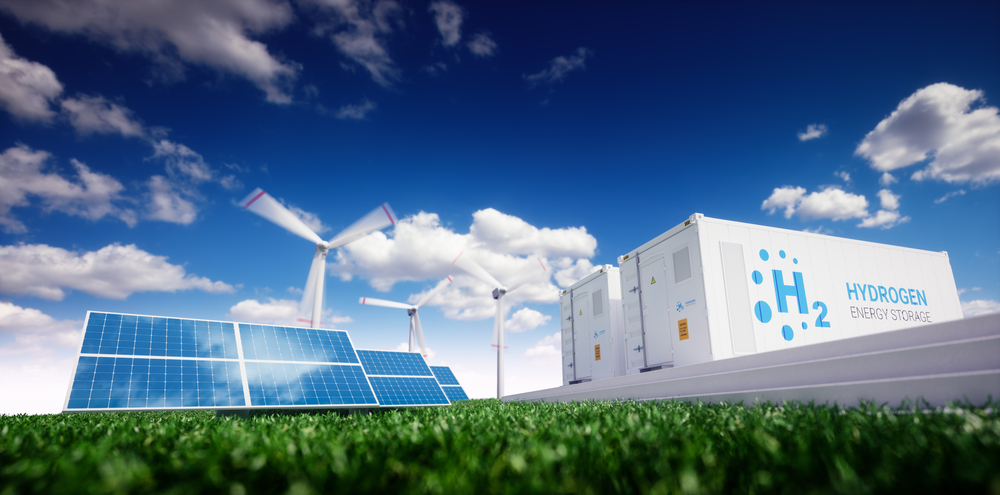Perspectives on a Hydrogen Strategy for the European Union

There is now a wide understanding that larger use of clean hydrogen in future can be an important mean to achieve decarbonisation of the European economy.

A robust, cost-effective European hydrogen strategy could become a pillar of an EU economic recovery plan which should, in line with the Green Deal, accelerate the decarbonization of European economies. The challenge for the upcoming EU strategy is to identify the most important future uses of cost-effective clean hydrogen, ensure sound scale-up through efficient public support schemes and system approaches driving significant cost reductions. Opportunities to maximise the economic benefits for the European economy in terms of jobs, value creation and competitiveness will also matter. And, of course, effective decarbonisation.
The European hydrogen industry is now largely ripe for a progressive scale up that needs to be planned for the coming 20 years.
While clean hydrogen will be indispensable, it comes with technical and economic challenges. There is an undisputed potential for decrease, but costs and availability of energy inputs, as well as transport and distribution systems, and an enabling policy environment, matter as much or more than simple scale-up.
The EU will have to take stock of strategies developed by other countries. Japan and South Korea have robust industrial strategies that push carbon intensive hydrogen in the automotive, residential and power sectors with strong public support. Decarbonization is not always the primary objective.
- The current demand for hydrogen in fuel refineries and to produce ammonia and methanol for agriculture, mining and industry purposes figures at the top of the possible demand for clean hydrogen.
- Moreover, steel making in the industrial sub-sector is most likely to create considerable demand for clean hydrogen in complement to scrap recycling.
- In the transport sector, clean hydrogen could be primarily used for long-haul trucking and coaches. European products exist and deployment is already underway. Long-haul trucks and coaches may demand significant amounts of clean hydrogen, with some complements from other terrestrial transport means although the European carmakers prioritise battery electric cars and light duty vehicles. For hydrogen fuel cell vehicles and supporting infrastructures the challenge is of cost reduction through upscaling and mass production.
- Deep sea shipping is a sub-sector in which ammonia as a fuel is most likely to generate considerable additional demand for hydrogen. Aviation is a sub-sector that may call for large amounts of clean hydrogen in various forms unless offsetting emissions with verifiable carbon storage is available at scale and more competitive.
- Clean hydrogen may be used to achieve full decarbonisation of the power sector as an inter-seasonal option, via sector coupling with the gas infrastructure – but this will probably not be needed before 2035.
Clean hydrogen can mainly be produced from electrolysis of water with low carbon electricity generation, from natural gas steam reforming with carbon capture and storage, and from natural gas pyrolysis. The clean hydrogen production comes with costs/challenges: hence why future demand must be carefully identified and prioritised.
A sound hydrogen strategy for the EU should initially:
- Assess all available reference studies and international developments in terms of system benefits and costs, certainties and uncertainties, primary and secondary priorities, timelines as well as strengths and weaknesses of the European industry;
- Deploy progressively and cost-efficiently clean hydrogen for the applications where it has a potential proven advantage over competing solutions for decarbonisation to evaluate merit in terms of EUR/CO2 of each application under different assumptions;
- Support hydrogen clusters at city or territorial/ regional levels were production, demand and distribution can be effectively organized into systems that allow scale up, job creations, cost reductions and decarbonisation;
- Organize the scale up of demand and competition over supplies via regulation, IPCEIs in providing clarity over future needs/timelines;
- Develop roadmaps and demonstration projects for clean hydrogen-based solutions where the possibility of hydrogen proving a superior solution for decarbonisation is high enough;
- Protect EU hydrogen industry stakeholders at all levels and seizes from external takeovers;
- Ensure a level playing field for clean-hydrogen and hydrogen-rich fuels and feedstocks both within the EU and externally when there is a global market and competition, via regulatory tools and/or via a carbon border adjustment mechanism.
Download the full analysis
This page contains only a summary of our work. If you would like to have access to all the information from our research on the subject, you can download the full version in PDF format.
Perspectives on a Hydrogen Strategy for the European Union






